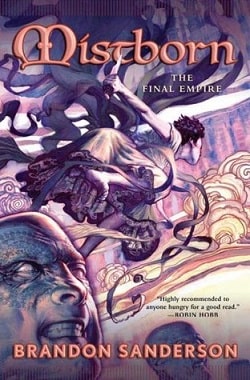Gardener and Reilly found Fitz sitting at his desk, in an office that was extremely tidy. Folders were neatly stored and labelled and within easy reach. A midi hi-fi sat on a shelf behind him, currently playing something classical, but Gardener had no idea what.
On his desk, next to his computer, sat a fresh cup of coffee, which he’d no doubt made using his expensive machine. If Gardener’s memory served him right, the coffee maker had been a gift from Mrs Fitz, priced at somewhere in the region of £600. Apart from a couple of prints on the wall and a framed photograph of his wife, the only other decorative item in the office was a plaque, above and behind Fitz’s head which read: Hic Locus Est Ubi Mors Gaudet Succurrere Vitae. ‘This is the place where death rejoices to teach those who live.’
Gardener liked Fitz because he had a no-nonsense attitude. He wasn’t afraid to tell you what he thought, despite your rank. He’d never forgotten the first time they’d met. Fitz had given his car keys to a young, fresh-faced PC – whose SIO was the legendary Alan Radford – and asked him to fetch a parcel from the boot of his car. Fitz immediately opened the package, and to Gardener's horrified amazement it had contained a human heart. He’d felt nauseous for the rest of the day.
George Fitzgerald had an almost encyclopaedic knowledge of his profession, something he'd been practicing for nigh-on forty years. He could – at any given point – quote from almost any criminal file in history when prompted. He had a tall, lean frame, with a wrinkled complexion. Half-lens glasses perched on the end of his nose, which he constantly cleaned due to his work. How they managed to stay on was beyond Gardener.
Gardener sensed the pathologist was very tired. Fitz ran his hands down his face in an effort to wipe away his fatigue. He finished his coffee, reached behind, and reduced the volume of the music.
“How are you getting on?” he asked.
Gardener sat down, pretty tired himself. He gave Fitz a brief summary of the case and the problems it had so far caused.
“Would you like a coffee? It’s fresh.”
“I’d love one. What about you, Sean?”
“Count me in. I need something to keep me awake. God knows when this day’s going to end.”
“Sounds like we’ve all had a bad one,” said Fitz, pouring and passing the drinks.
“It’s been a bloody long one,” replied Gardener. He glanced at his watch. He’d been up and on the case for sixteen and a half hours straight, and what they had so far achieved had been very little: one body, a number of possible suspects, and no evidence to pinpoint the killer with.
Fitz took a mouthful of the coffee. His expression said to Gardener that it was the only thing he’d had today that pleased him.
“What have you got for us?” Gardener asked, hoping the pathologist would provide something positive before they had the final incident room meeting.
“I’ve been working most of the day on your corpse. Finished about four o’clock and started making the notes. I’ll send you the full report through in a couple of days, but there is something we need to discuss that might focus your mind for the next few hours.”
“Hours?” questioned Reilly. “That doesn’t sound good.”
“Depends which way you look at it,” said Fitz. “Might not be what you want to hear, but it’ll certainly intensify your investigation.”
Fitz pointed to his desk. “Ever seen one of those?”
Gardener followed the line of his finger to the object sitting on his desktop. It was a round disc approximately an inch-and-a-half in diameter, and half-an-inch thick. The centre was made of alloy, which seemed to be encased in a white plastic material, with a very long and narrow plastic tube attached to it.
“No. What is it?”
“It’s an implantable insulin pump.”
“Something to do with diabetes?” asked Reilly.
“Have you been force-feeding him fish?” Fitz asked Gardener.
“I’m not privy to his diet, that’s usually constructed and sent straight from NASA.”
“Would you listen to the two of you? And will you stop talking about me as if I’m not here? You can hurt a man’s feelings, so you can,” Reilly said.
“It’s unlikely with a skin as thick as yours.”
Gardener laughed at Fitz’s remark. A joke from the pathologist wasn’t a bad sign.
Fitz continued. “That’s exactly what it was for, originally. It’s an insulin-delivery device that can be surgically implanted under the skin of someone who has diabetes. The pump delivers a continuous basal dose through a catheter into the patient’s abdominal cavity. Patients can also self-administer a bolus dose with a remote-control device.
“They were first tried in the 1980s. In America they are still classified as investigational devices, only accessible in clinical trials. They’ve been available in Europe for quite a number of years.”
“And you’re telling us this because?” asked Gardener.















